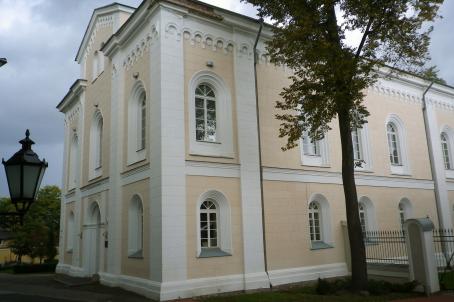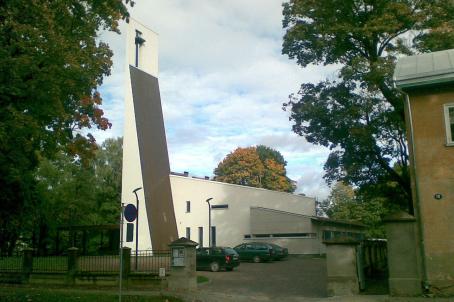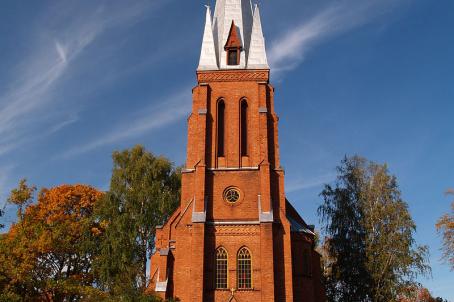Tartu Cathedral
Tartu Cathedral is a brick Gothic style church founded between the 13th and 16th centuries. Devastated during the Livonia War (1558 - 1583), it was left in a state of ruin and in the 1760s, the high twin towers of the church were demolished. As part of the reconstruction of the University of Tartu in 1804-1807, rooms of the university library were built in the cathedral choir. After the completion of the new university library building in 1981, the University of Tartu Museum moved in.
About this building
Tartu Cathedral, also known as Dorpat Cathedral, is a former Catholic church in Tartu, Estonia, situated on Toome Hill, a significant pagan stronghold in ancient times.
Constructed in the 13th century, the Gothic cathedral was dedicated to Saints Peter and Paul and served as the Bishopric of Dorpat, becoming one of Eastern Europe's largest religious buildings. In the mid-1520s, the Reformation reached Tartu, leading to damage inflicted by Protestant iconoclasts in 1525. Following this, the cathedral gradually fell into decay and neglect, no longer serving as a church. However, in the 19th century, the site saw a new purpose. The area surrounding the cathedral was transformed into a park, and a university library was established amid the ruins. Presently, the renovated part houses the University of Tartu Museum, showcasing the university's history and valuable artifacts, while the rest of the ruins have been preserved and protected.
Today, Tartu Cathedral stands as a remarkable example of brick-Gothic architecture in Old Livonia, and its reuse as a museum and cultural center connects visitors to Estonia's historical and educational heritage. The cathedral hill, now a vibrant park, features monuments commemorating influential figures tied to Tartu's scientific and literary traditions, making it a significant destination for tourists and locals alike.






